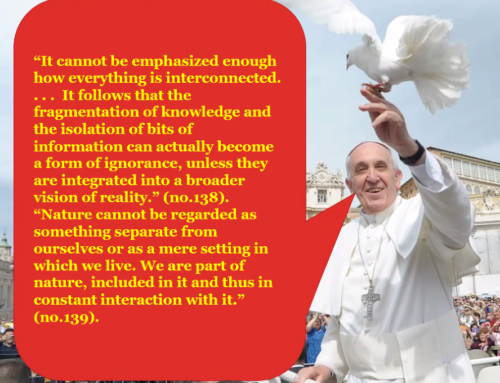Jean Catherine MacPhail (Sister Gayatriprana)
Abstract
This paper applies the conventions of bra and ket events to a large Indian database on the historical transformations of consciousness of Vivekananda (1863-1902). He subsequently propounded in both India and the West a contemporary form of Vedanta, integrating traditional Indian transcendentalism with Western secularism and materialist science. Vedanta traditionally rests on a systematized, “atemporal” “bra library” of several levels of consciousness coupled with the active accession in sequence of related “ket states” which mirror the content of the levels but are accessed in a time frame in specific circumstances. In the first millennium CE the Indians proposed “proto-matrices” based on their tradition. I present the elements in this dynamic in Integral Vedanta, emphasizing the occurrence of five samadhis, events in which a total internal separation of bra and ket elements leads to “non-local” thought processes and phenomena, such as the very integration of Indian and Western paradigms that Vivekananda propounded. I present how Vivekananda learned and assimilated the spectrum of five interrelated bra experiences simultaneously with considerable issues of counterintuitivity. The generation and resolution of that counterintuitivity is imputed to the non-verbal experience of the classical gamut of state experiences, for which I deduce five lines of indirect evidence, including, perhaps most conclusively, the occurrence of samadhi itself at key junctures of level and state, which provide the stability and ongoing expansion of content of the matrices.
Introduction
This article is in response to a request from Professor Oleg Yu. Vorobyev for an explanation of the database, methodology, construction and analysis of matrices in my doctoral thesis Learning in Depth: A Case Study in 5×5 Twin Matrices of Consciousness [11]. These matrices apparently seem to support his own work in Eventology, despite the fact that his field of eventum mechanics seems rather remote from my own studies in Integral Vedanta.
My understanding of the basic process in Eventology as laid out in Vorobyev’s paper Co∼Eventum Mechanics [27] is that we bring to objective observation of the external world, normally thought to be subject to the familiar laws of causation, firstly, bra events, which make up verbalized and systematized experience from accumulated prior experiences. Second are ket events, which are the as-yet-unknown-but-about-to-happen experiences outwith immediate conceptualization, ultimately to be assimilated into the bra file, but with the ability to make or break all that preceded it in the bra element. Importantly, the final event that arises from the bra-ket conjunction is influenced greatly by the choice of the perceiving subject.
My work in Integral Vedanta deals with the subjective approach to experience central to the traditional mode of Indian thought, which classically eschews conceptualization of externally observed events in favor of at best phenomenology of experience of the interior world. By rigorously “regulating” and systematizing the inner workings of the psyche, this methodology results in the establishment of an enduring, conceptualized “bra” spectrum which I see as an ontology of conceptual levels in an essentially atemporal pattern that actually transcends the notions of Western laws of causation.

